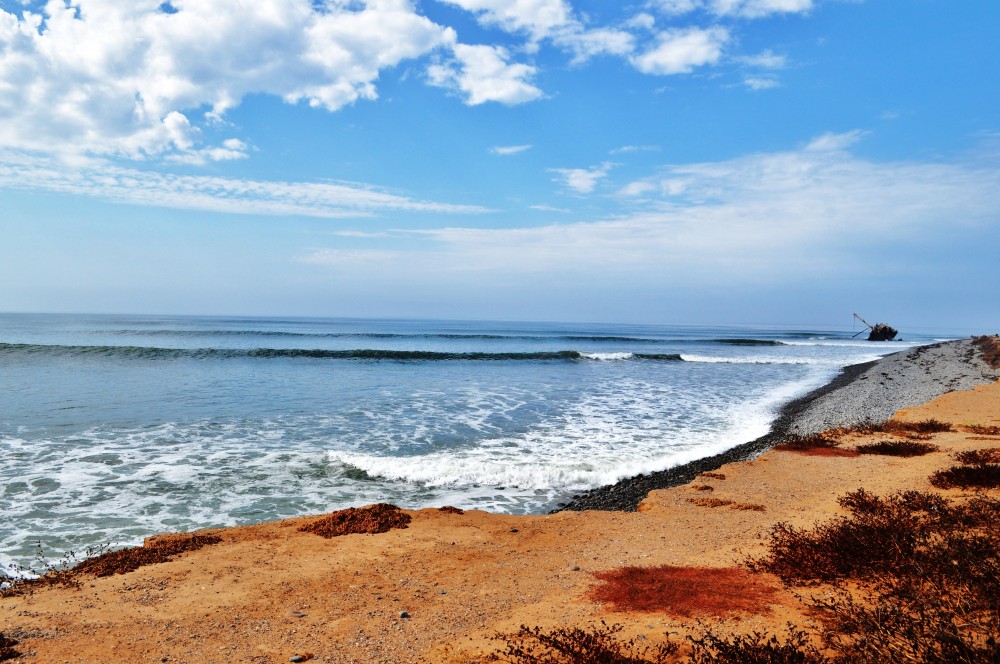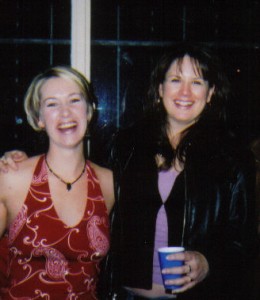I feel a spark today.
I’ve been feeling like my internal life and outward expression are a bit cliché and boring. I’m guessing it doesn’t seem that way to other people, but that’s because they haven’t been in my head and journal for the past 10 years.
I’ve focused on the same things, taken many of the same actions, and pursued the same goals for years now. Sure I do new stuff (traveling to new countries, learning to surf, moving to new places, etc.), but I remain the same person, and I focus on growing in the same areas of life over and over again.
And now I’m ready for some change! (I can practically see and hear my dad reading this, shaking his head, and saying, “Ay, ay, ay.”)
I’m ready to explore and cultivate the next expression of Annie Roseness.
I’m beginning by making some hard choices. There are a few big areas of life in which I’ve been finicky and indecisive. I’ve basically had my foot out the back door. That ends by March 31st. I’m going to clarify my intentions and commit myself in the following areas: relationship, diet, and business.
Then I’m going to embrace all of the things I’ve been working on and cultivating for the past 10 years and declare them my own. In fact, I’ll do that now:
- I eat for optimum health.
- I practice yoga.
- I am the being of artist. I am the being of dancer. I am the being of writer. I am the being of traveler. I am the being of intellectual. I am the being of activist. I am the being of surfer. I am the being of transformation.
I am no longer working on becoming these things; I am these things. All of this constitutes my baseline Annie Roseness. I start from here.
So starting from here, who can I be? What can I take on? What is the next iteration of growth, expansion, and transformation?
What new adventures can I have? What new ways of being can I integrate? What new expressions can I contribute to our world?
In love and liminality,
Annie Rose


